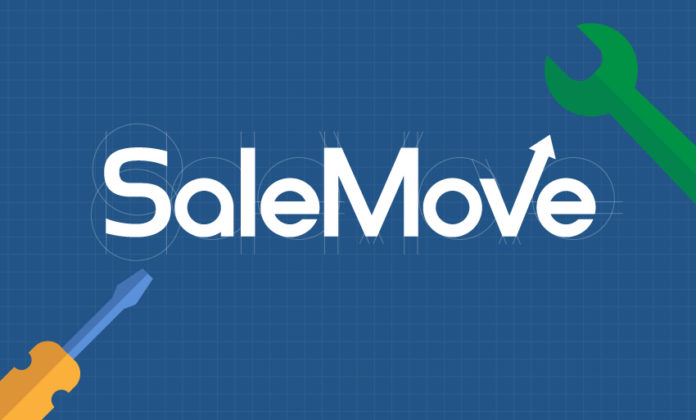Our engineers have been very busy over the past few months. We’ve leveraged CoreOS to provide increased security and introduced features that help companies engage their website visitors more effectively. But our last big announcement of the year is probably our most ambitious.
We’re very happy to announce the release of our very own software development kit (SDK). The SDK should go a long way towards allowing enterprise companies to use Glia in a more flexible and personalized fashion.
Not every software program needs an SDK, but its creation opens Glia up to an endless amount of integration possibilities. Let us take you through the genesis of Glia’s SDK, and how we envision it as an asset for a number of enterprise customers.
SDK 101
For those who don’t consider themselves to be significantly savvy to technology, there are a few things you should understand about SDKs in general.
An SDK is a set of tools that can be used to develop software applications targeting a specific platform. To encourage programmers to use them, most SDKs are offered for free and include tools, libraries, documentation, and sample code to get started.
An SDK allows clients to interact with a system at a low level. At a high level, there’s typically an existing application layer which interacts with the System through an SDK. The SDK helps define how a user interacts with the software, especially in regards to the visual representation of a dashboard. An SDK makes it possible to “rebuild” this view, using a company’s manipulation of Glia’s examples, for instance.
At its core, an SDK is a series of application program interfaces (APIs), plus practical examples of how they can be used. An API is an interface that allows software programs to interact with each other, and defines a set of rules that should be followed for interactions between them. APIs expose limited data and functionality, while keeping the vast majority of the application’s internals hidden.
Examples included in the SDK show how a developer can interact with the platform, and can be used as-is, or built from scratch. As an example, a developer who uses WordPress typically logs into a backend dashboard. If this Dashboard was built through a WordPress SDK, then this dashboard would be an instance or “example” of how the Dashboard can be customized to look and interact very differently than the out of the box version. This allows enterprise clients to create a unique experience for their customers with unique process flows.
Therefore, the SDK is just one part of Glia’s complete software program. It represents less than 10% of the engagement infrastructure that Glia provides. Business logic engines, Communication engines, reporting, data handling, exporting, infrastructure, and security make up the other 90-plus%. Though the SDK enables customization, it won’t serve a specific purpose or add business value without the supporting logic and infrastructure.
Who Glia’s SDK is For
Large enterprises all have a very unique way they want to engage with their customers and prospects. The SDK allows Glia to have an ‘it’s always possible’ answer to most customer requests for Application Layer customizations. With an SDK, yes or no questions become more about time and effort.
Glia’s SDK provides the ultimate level of flexibility for enterprise organizations. It makes it possible to customize anything on the visitor’s side while still providing a robust out-of-the-box application that has the vast majority of the business logic already built-in, yet customizable. This in turn helps with branding – a customer won’t even know that Glia is behind a specific integration!
The Future of Glia’s SDK
Glia’s SDK allows for companies to let their business objectives dictate how they can engage with their customers. Perhaps a company wants to create another user journey on desktop, mobile, web, and even browser-specific applications. Future integrations could even allow clients to engage their customers from the dashboard of their cars or VR headsets. Most of the applications of Glia’s SDK have yet to be developed or even imagined, but it’s easy to understand how custom integrations could lead to amazing customer experiences and increased efficiencies for businesses using it.
Glia partners have already started using the SDK, incorporating it within an existing application. Smart Asset, a company that provides interactive tools for making big financial decisions easier, is using the SDK on top of their existing flows. This is a nod to the customization and personalization that our SDK enables. It’s exciting to think of how other partners will use the program as it continues to be built out.
Glia’s SDK may have just been publicly released, but has been in the works for a long time. In fact, the entire Glia client network has already been migrated to a sample application built on top of the SDK! There are a lot of client partners eager to see how it can work from them, and the team at Glia is just as eager to see what they do with it.
What are your burning questions about Glia’s SDK? We’d love to hear from you!





